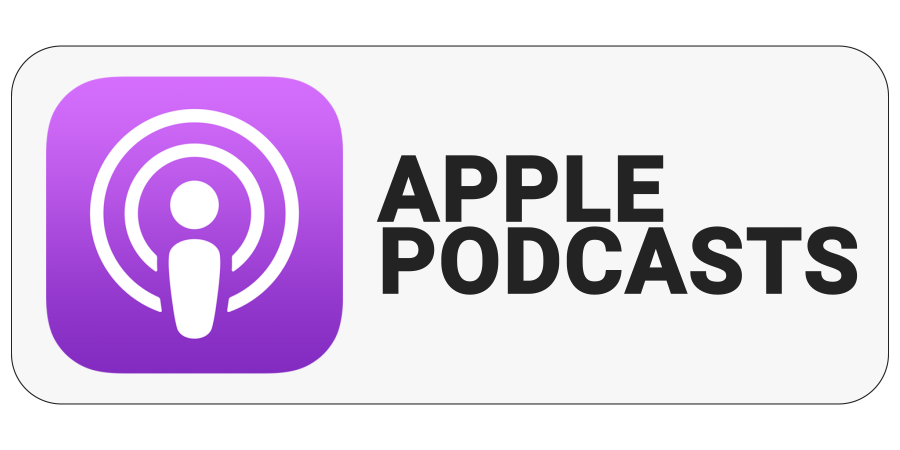Hóčhoka podcast returns to the airwaves this September with Season 4, offering 14 more episodes that engage the viewer/listener in the conversation about Native American education today. St. Joseph’s Indian School hopes you enjoy learning about the people and ideas that make our school the special place our families tell us it is.
Season 4 Teaser
Join us for Season 4 when:
- Dr. Damian Costello joins us again to provide fresh perspectives on Catholicism through and indigenous lens.
- We get to know Fr. Vien Nguyen, Superior Provincial of the Priests of the Sacred Heart, founders of our school.
- Visiting Artist Michele David Mechling shares the joy of art with our students.
- We talk about Missing and Murdered Indigenous Women with Red Ribbon Skirt Society Founder Lily Mendoza, Joseph Marshall III and employees of the State of South Dakota who work on the issue every day.
- We learn about Native American literature from Lily Mendoza, Joseph Marshall III and the school’s own bookmobile initiative.
- We visit with Religious Studies Teacher Kim Schneider about her summer spiritual journeys that traversed the Lakota sacred sites of South Dakota and the Camino de Santiago Compostela in Spain.
Should the Catholic Church near you have a buffalo skull? Dr. Damian Costello, a Catholic theologian specializing in Indigenous spiritual traditions, joins us to bring fresh perspectives on Catholicism through an Indigenous lens. We explore the appropriateness of the presence of the buffalo skull in Catholic houses of worship.
From Vietnamese boat person to Provincial Superior – let’s get to know Fr. Vien Nguyen, Provincial Superior of the Priests of the Sacred Heart, founders of St. Joseph’s Indian School. Learn his favorite musical choice and why he likes the prophet, Amos.
It has been said that “Our first task in approaching another people, another culture, another religion is to take off our shoes, for the place we are approaching is holy.” Fr. Vien Nguyen unpacks the meaning of intentional intercultural living for those who founded our school towards the end of the boarding school era and for the world’s future.
“What defines us is our place in the environment that we live in and how we express ourselves in it,” says visiting artist Michele David Mechling. Learn about her journey as an artist and the joy she finds sharing art with the students of St. Joseph’s Indian School.
When Dr. Damian Costello thinks of the Lakota way, many sacred items come to mind. The Sun Dance tree. The čhaŋnúŋpa, or sacred pipe. The drum. The prayer tie. And the rosary. He joins us to talk about that most Catholic of prayers, the rosary, understood as a Lakota way. October is dedicated to the Rosary.
According to a proverb, “Those who tell the stories rule the world.” Storytelling transmits culture, teaches, and heals. For Native Americans, its power survived generations despite attempts at repression. Lily Mendoza, bookseller, explains through the lens of three Lakota poets. Be sure enter the drawing for a copy of Joy Harjo’s beautifully illustrated “Remember.”
“I have a feeling we’re not in Kansas anymore.” Or Oklahoma. Or New Hampshire. Hear what two interns from the University of Notre Dame have to say about hitting the open roads of South Dakota as volunteers on St. Joseph’s Indian School’s bookmobile.
You may think of storytelling as an art, but current scientific research tells us what great storytellers have known for ages: storytelling is a superpower. Join us as award winning author Joseph Marshall III coaches us on the wisdom of good Lakota storytelling technique.
Bridging our conversation between Native American Literature and the issue of Missing and Murdered Indigenous Women, join our conversation with Joseph Marshall III. Learn about his new novel, “Sing for the Red Dress,” and how he hopes it will impact the MMIP landscape.
What is a red ribbon skirt, and what is its special meaning? Today’s guest is Lily Mendoza, cherished Lakota uŋčí and founder of the Red Ribbon Skirt Society, a grassroots collective dedicated to confronting the crisis of missing and murdered indigenous persons. Learn about the issue and the society’s work to confront and heal.
What would the many missing and murdered indigenous persons tell us if their voices could be heard? Lily Mendoza explains what indigenous families need to know to create a preventive environment against this scourge that has robbed her culture of so many of her sisters.
Someone you know has gone missing. What should you do?Allison Morrisette, South Dakota’s Missing and Murdered Indigenous Persons Coordinator, and Mary Beth Holzwarth, Human Trafficking Coordinator, discuss their new roles and educate us about human trafficking and missing and murdered indigenous persons.
Few things are more arresting that the smell of burning sweetgrass, according to Dr. Damian Costello. He says re-connecting with this relative, which some people call the hair of Mother Earth, can help re-indigenize our faith and heal wounds that affect our planet. Learn the promise and the lesson of this humble plant.
A scallop shell, a walking stick and a young woman from Nebraska – let’s find out what this is all about. Today we are talking with Religious Studies Teacher Kim Schneider. This was a summer of pilgrimage for Kim, and we invited her here to share her experiences with us.
The podcast is directed at internal and external audiences and will vary by topic. Audiences might include employees, potential employees, families and students, the general public, supporters, advocates, educators and donors.
Subscribe and listen on your favorite podcast platform!




